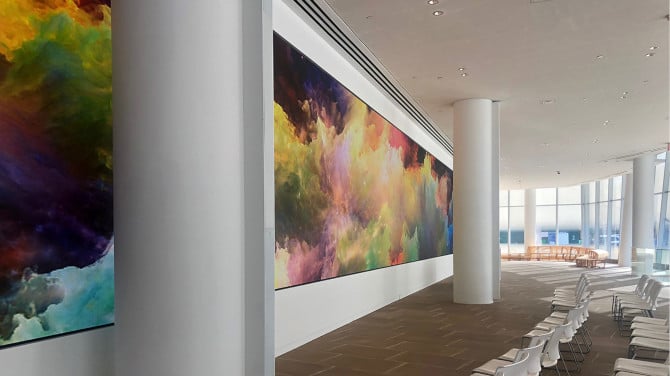Exploring the Crucial Factors That Affect Hue Uniformity in Light Emitting Diode Wall Panels for Optimal Display Performance
Exploring the Crucial Factors That Affect Hue Uniformity in Light Emitting Diode Wall Panels for Optimal Display Performance
Blog Article
Hue consistency in light-emitting diode wall panels is crucial for achieving maximum optical output. LED wall panels are widely used in various settings, including musical events, meetings, and promotional displays. When the colors on these screens are uniform, they create a more engaging and enveloping experience for viewers. Several key elements affect hue uniformity, including the quality of the LED components, calibration procedures, and surrounding factors.
The caliber of the LED components plays a significant role in color uniformity. Different types of LEDs emit light at different frequencies, which can influence the total color result. Premium light-emitting diodes are engineered to generate a more uniform light spectrum, resulting in better hue precision. Additionally, the production process of these LEDs can impact their functionality. Panels made with high-grade materials and techniques tend to have less color variations, ensuring that the displayed images and footage look lively and faithful to reality.
Calibration is another crucial element in maintaining color uniformity in light-emitting diode wall panels. Tuning involves adjusting the configurations of the screen to make certain that the colors shown align the intended design. This procedure can consist of fine-tuning luminosity, differentiation, and color balance. Frequent tuning is necessary, especially in settings where illumination conditions change often. By tuning the panels, technicians can fix any inconsistencies in color output, resulting to a more consistent viewing experience.
Surrounding conditions also affect color uniformity in light-emitting diode wall panels. Factors such as surrounding light, heat, and moisture can influence how colors are seen. For example, bright ambient light can dull hues, making them look less vibrant. Similarly, extreme heat can influence the performance of the LEDs, resulting to hue changes. To mitigate these issues, it is essential to place light-emitting diode wall panels in controlled settings where illumination and temperature can be controlled effectively.
Lastly, the layout and arrangement of the LED wall panels can impact hue uniformity. The configuration of the panels, as well as the distance from which they are viewed, can create variations in color recognition. When panels are placed too far apart or at varied positions, audiences may notice inconsistencies in color. To achieve the optimal optical output, it is important to consider the placement and arrangement of the screens during setup. By addressing these factors, users can ensure that their light-emitting diode wall screens provide a uniform and high-quality read the article visual experience.